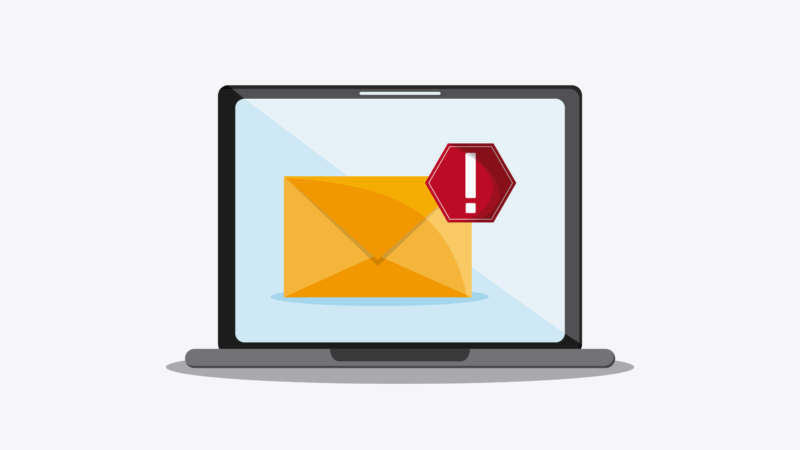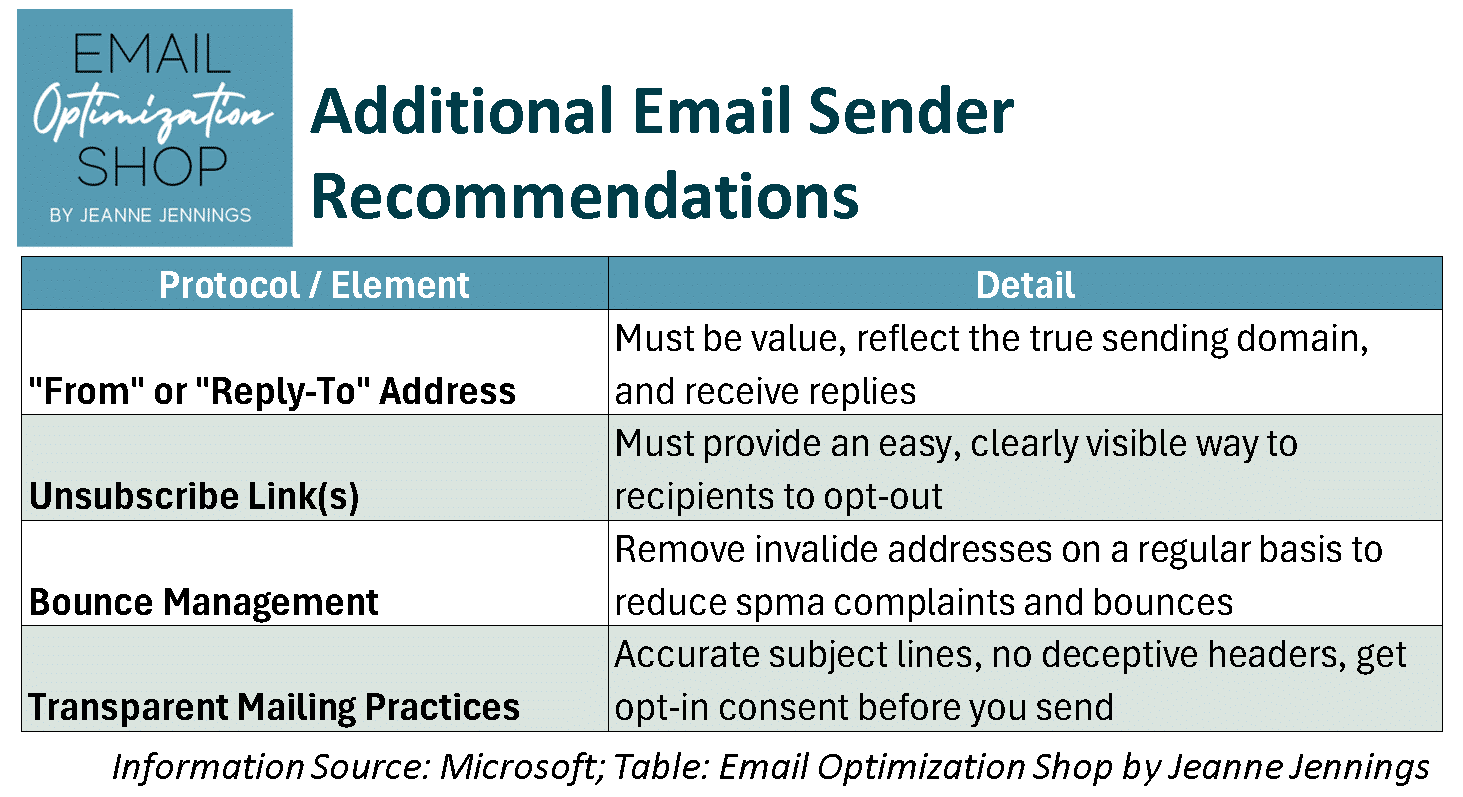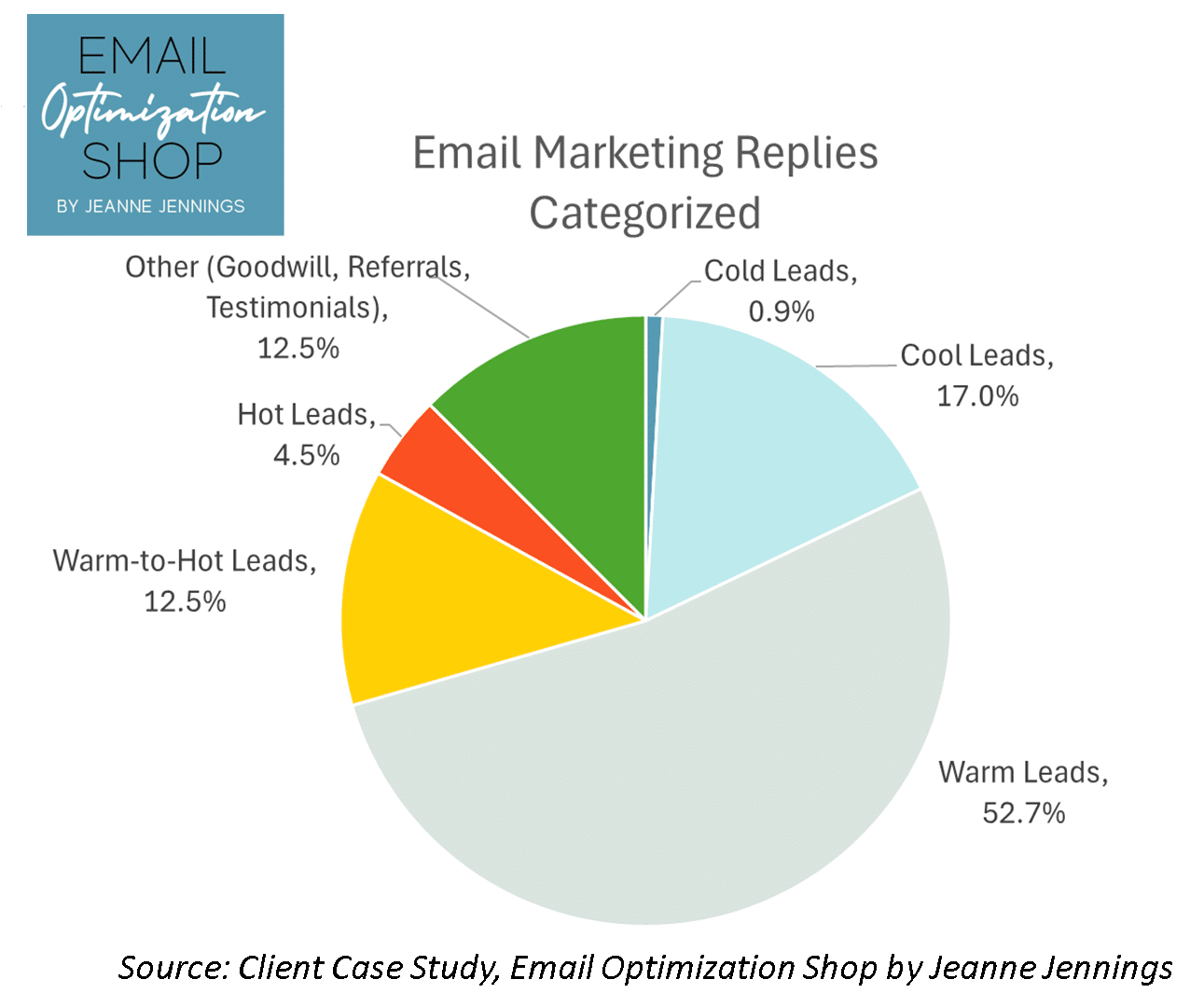
Your organization is probably in compliance with the latest email authentication standards required by Apple, Google, Microsoft and Yahoo, which are listed below.

But is your organization following the additional recommended guidelines to ensure that your emails reach the inbox, not the junk folder or, even worse, aren’t delivered at all?

I’ve been surprised at how many senders still lack compliance with these recommendations. Below are a few critical areas where best practices are often overlooked. The “why” behind fixing them goes well beyond deliverability.
Dig deeper: Bulk email restrictions from Google, Yahoo and Microsoft: What you need to know
‘From’ or ‘reply-to’ address: Don’t hide from your audience
Let’s talk about do-not-reply addresses. Using a “donotreply@” or “noreply@” address slams the door in your subscriber’s face right after you knock on it.
Not only is it cold and uninviting, it also creates a terrible user experience. People hit “reply” for a reason — and most of the time, it’s something you want to hear. For instance, here are the types of messages we received when we enabled replies for a B2C service provider in the health and wellness space:

Nearly 70% of these were leads crying out for a call to learn more about the services. Another nearly 13% were goodwill, referrals and testimonials — all valuable for future marketing efforts.
Notice what’s not here — out-of-office and bounce messages. Because the marketing platform automatically filters these out. The top two reasons I hear for using “no-reply” addresses are:
- Fear of being bombarded with those messages.
- No time to monitor the mailbox.
The first was valid many years ago, but not now. The second is just silly. Why would you not have time to monitor a mailbox where motivated prospects and customers reach out to you?
Pro tip: Use a monitored reply-to address that aligns with the sender’s name, and monitor it. Set up autoresponders if needed. Better to show a “we’ll get back to you” than a bounce or dead end.
Dig deeper: Apple and Gmail make it harder for email campaigns to get to the inbox
Unsubscribe link(s): Make it easy for people to stay on your list
My clients all have unsubscribe links. However, the key to success is how your unsubscribe process works on the backend.
- Is it a global unsubscribe, where those who click it are removed from all future sends from your organization?
- Or do you have a preference center where recipients can choose which type of emails to receive and unsubscribe from some or all of them?
It may not matter if you’re a small business. But a preference center is critical if you’re a larger organization, especially if you have multiple groups sending emails to subscribers on different topics.
Pro tip: A working unsubscribe link is just the start. To truly reduce complaints and keep subscribers engaged, implement a preference center that lets users tailor what they receive.
Make it easy for them to opt down instead of opting out entirely. A well-designed preference center can dramatically lower global unsubscribes for larger organizations while improving long-term list health and engagement.
Bounce management: Don’t keep following dead ends
Most email marketing platforms adhere to the industry standards for bounces:
- Remove hard bounces right away after one send.
- Remove soft bounces after three consecutive sends.
Not all hard or soft bounces are the same, so it’s essential to monitor your bounce codes and take appropriate action.
- If the bounce code suggests the recipient system is rejecting your email because it appears to be spam, you must take action (usually, the message will provide guidance here).
- If you keep sending to it, you could run into deliverability issues.
Pro tip: Use bounce codes (hard, soft, block, unknown) to shape your bounce management logic. Suppress hard bounces immediately. Suppress soft bounces after three consecutive sends. Check your bounce codes regularly to identify issues before they can impact deliverability.
Dig deeper: Email deliverability: What you need to know
Transparent mailing practices: Respect your subscribers
Some, not all, of the guidelines here are required by the U.S. CAN-SPAM Act. Regardless of whether they are required, these are best practices that will enhance your reputation with your recipients and your engagement rates. Most are required in Canada, the European Union and other countries.
Let’s look at the biggest element: getting opt-in consent before sending an email. Although CAN-SPAM does not require it, there are good reasons to do it.
For instance, recipients who proactively opted i to receive your email tend to open, click and convert at higher rates. How much higher, you ask? Here’s data from work I did with a client that had opt-in and not-opt-in segments of their list and sent the same messages to both.

The conversion here was a vote, so no cost or credit card was required. As you can see, the conversion rate for the opt-in lists was 21 times that of the non-opt-in lists. This trend was also evident in the diagnostic metrics (open and click rates).
Pro tip: Just because the law doesn’t require opt-in everywhere doesn’t mean you should skip it. Gaining explicit consent builds trust and boosts performance.
Opted-in subscribers consistently open, click and convert at significantly higher rates. It’s not just a compliance safeguard for international audiences. It’s a smart strategy for engagement and ROI.
Dig deeper: 3 high-impact tactics to drive email engagement
Bottom line: Beyond authentication
Yes, you need to meet the authentication standards. That’s table stakes now. But compliance alone doesn’t guarantee inbox placement or engagement.
True deliverability success depends on the entire email experience. It’s all connected, from the opt-in to your reply-to address to the clarity of your unsubscribe link to your bounce logic. Inbox providers are paying attention. And so are your subscribers.
The post Why your emails still miss the inbox even if you’re ‘in compliance’ appeared first on MarTech.
